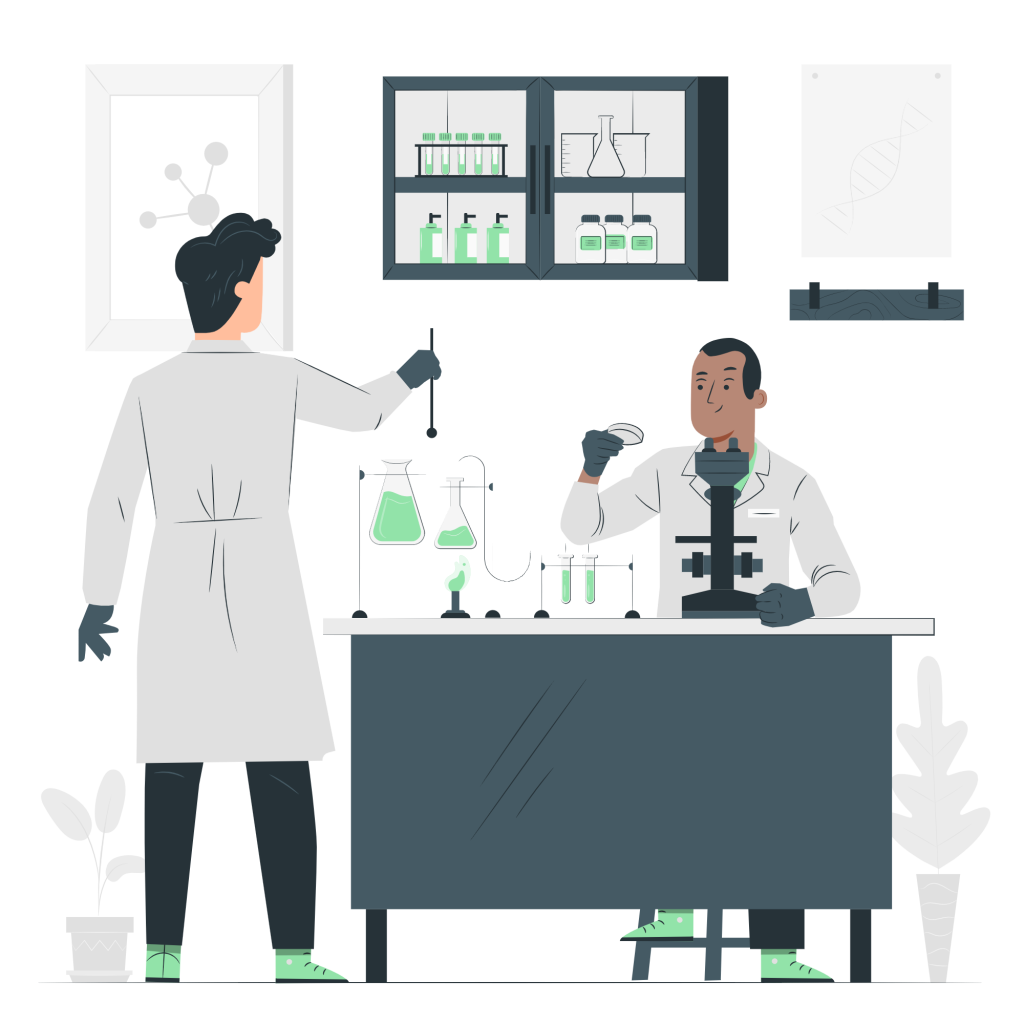The first trimester of pregnancy
Most women do not even know they are pregnant for at least the first half of the first trimester. Even if it does not seem logical, we calculate the weeks of pregnancy before fertilization because it is the only logical way to estimate the date of delivery. Using a pregnancy calendar and considering 40 hours from the first day of the last menstrual period can be very reliable for calculating the baby’s date of birth. There is no guarantee that the exact date of birth will be determined because most babies decide when to be born!
The first trimester is a time of amazing growth and development. In a very short time after ovulation, which is about 12 to 24 hours, the egg is fertilized by a sperm. This usually happens in the fallopian tube, while the lining of the uterus is ideal for the egg to fertilize and turn into an embryo. If fertility does not occur, the lining of the uterine endometrium sheds at the next menstrual period.
Once the sperm and egg are connected, a small group of cells will begin to form their own unique identities. The placenta plays a vital role in supporting pregnancy week by week by releasing hormones that regulate the growth of the baby.
In this series, we review together 13 weeks in the first trimester of pregnancy. During each of these weeks, we will look at the changes in your body and your fetus and will inform you about your nutritional needs, do’s and don’ts, and religious advice.
The second trimester of pregnancy
For at least the first half of the first trimester, most women do not even know they are pregnant. Even if it does not seem logical, we calculate the weeks of pregnancy before fertilization because it is the only logical way to estimate the date of delivery. Using a pregnancy calendar and considering 40 hours from the first day of the last menstrual period can be very reliable for calculating the baby’s date of birth. There is no guarantee that the exact date of birth will be determined because most babies decide when to be born!
The first trimester is a time of amazing growth and development. In a very short time after ovulation, which is about 12 to 24 hours, the egg is fertilized by a sperm. This usually happens in the fallopian tube, while the lining of the uterus is ideal for the egg to fertilize and turn into an embryo. If fertility does not occur, the lining of the uterine endometrium sheds at the next menstrual period.
Once the sperm and egg are connected, a small group of cells will begin to form their own unique identities. The placenta plays a vital role in supporting pregnancy week by week by releasing hormones that regulate the growth of the baby.
In this series, we review together 13 weeks in the first trimester of pregnancy. During each of these weeks, we will look at the changes in your body and your fetus and will inform you about your nutritional needs, do’s and don’ts, and religious advice.
Third trimester of pregnancy
For at least the first half of the first trimester, most women do not even know they are pregnant. Even if it does not seem logical, we calculate the weeks of pregnancy before fertilization because it is the only logical way to estimate the date of delivery. Using a pregnancy calendar and considering 40 hours from the first day of the last menstrual period can be very reliable for calculating the baby’s date of birth. There is no guarantee that the exact date of birth will be determined because most babies decide when to be born!
The first trimester is a time of amazing growth and development. In a very short time after ovulation, which is about 12 to 24 hours, the egg is fertilized by a sperm. This usually happens in the fallopian tube, while the lining of the uterus is ideal for the egg to fertilize and turn into an embryo. If fertility does not occur, the lining of the uterine endometrium sheds at the next menstrual period.
Once the sperm and egg are connected, a small group of cells will begin to form their own unique identities. The placenta plays a vital role in supporting pregnancy week by week by releasing hormones that regulate the growth of the baby.
In this series, we review together 13 weeks in the first trimester of pregnancy. During each of these weeks, we will look at the changes in your body and your fetus and will inform you about your nutritional needs, do’s and don’ts, and religious advice.
Contract organisations
Fajr Sari Laboratory for the Advancement of Dear Patients With More Than 20 Insurance Companies









































